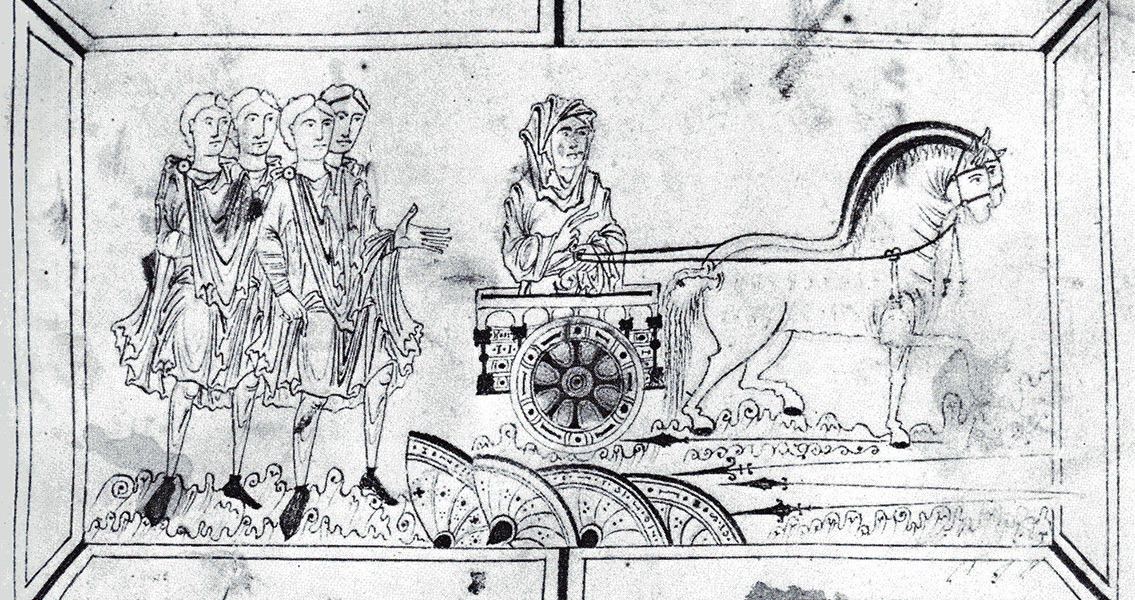<![CDATA[A student has found a spectacular Anglo-Saxon burial. During explorations of a private field in Norfolk, University of East Anglia archaeology student Tom Lucking noticed a large and deep signal from his metal detector. As he dug down to explore the source of the signal, he unearthed the top of a bronze bowl. Instead of continuing excavating, Tom alerted Norfolk County Council's Heritage Environment Service (HES), and the Field Group's geophysics team. Dr. Andrew Rogerson and Steven Ashley from the HES invited Dr. Helen Geake, an expert on the early Anglo-Saxon period, to join them in fully unearthing the find. After further excavation, the bronze bowl was found to be at the foot of an Anglo-Saxon grave. The bones of the Anglo-Saxon individual were poorly preserved, but the items they were buried with could reveal a great deal about Saxon history. From the types of jewellery discovered, it became clear that the individual was a woman. A 'chatelaine', a set of small chains linked together and hung from a girdle, was found. It seems likely that the chatelaine was made from silver. More finds were to come, the most spectacular of which was a stunning gold and jewel pendant. “It’s the single most exciting discovery I have ever been present at,” Dr. Geake said, a remarkable statement given that she was one of the key members of Channel 4's popular and long-running archaeology series, Time Team. The 7cm pendant is beautifully made from gold ‘cells' with red garnet inlays. Some of the garnets have been carefully cut to create an animal ‘interlace’, a popular Anglo-Saxon design technique where depictions of creatures are elongated and intricately woven together. While the pendant is the most jaw-dropping of the finds, several other items were recovered from the grave. Two other pendants made from re-used gold coins were discovered, one of which was probably minted near Marseilles between 639 CE and 656 CE for the Frankish king Sigebert III. The grave, therefore, must be dated after this coin. Both pendants were combined with two gold beans to form part of a 'choker'-style necklace. Also found in the grave was a wheel-thrown pot, along with a small knife and iron buckle. It seems likely that these items also originated in France. “It’s that theme that we see running right up to the present day, where we turn to France for style and cultured items,” Dr Geake explained. It is unclear who the Anglo-Saxon woman was, but to have been buried with such valuable items, she clearly must have been of noble birth and a member of the upper echelons of society. The skeletal remains have been taken to Norwich Castle Museum for further study. It is hoped that by analysing the woman's bones, researchers will be able to reveal more about her lifestyle, particularly her age, diet and any medical conditions she had. Image courtesy of Wikimedia commons user: Nortonius]]>
Remarkable Anglo-Saxon Burial Found by Student
